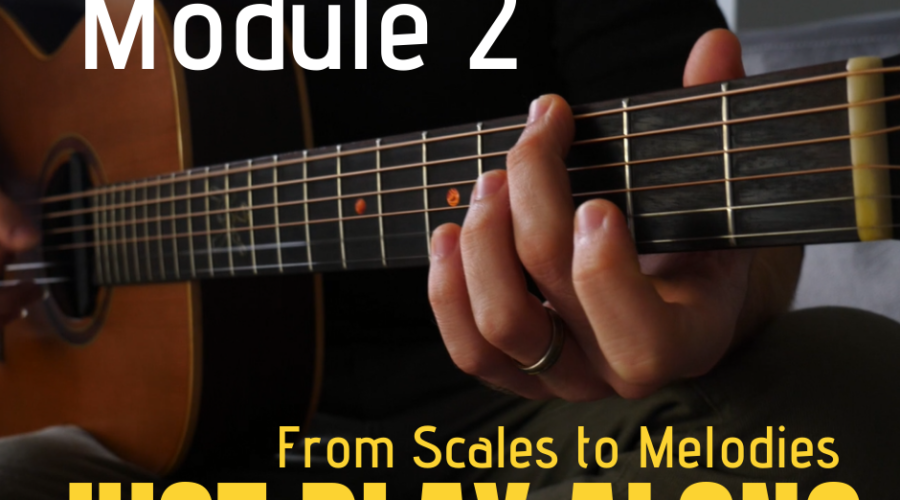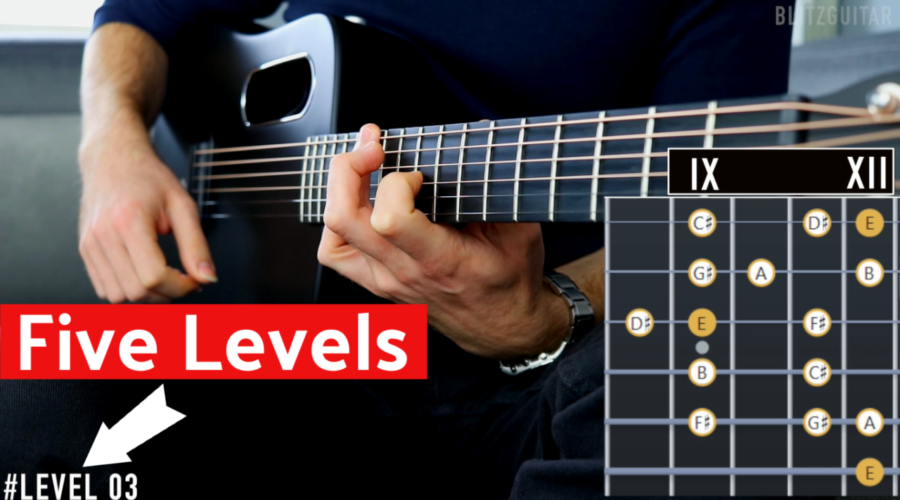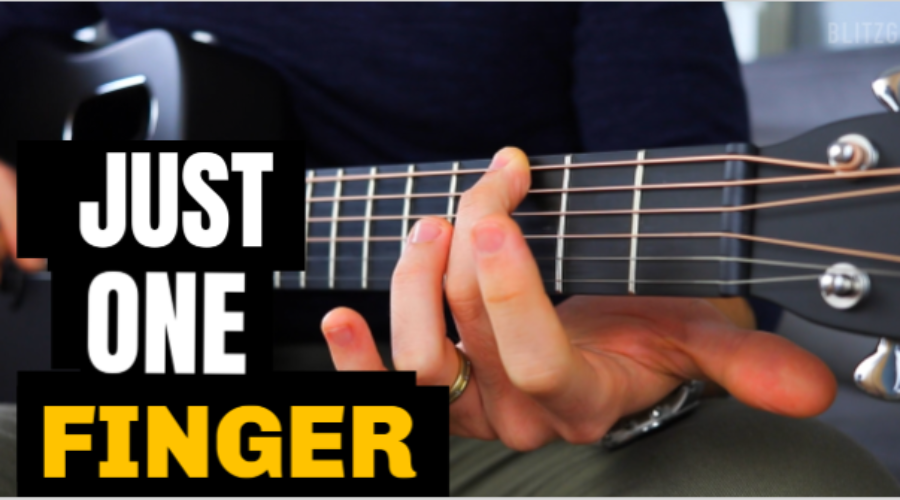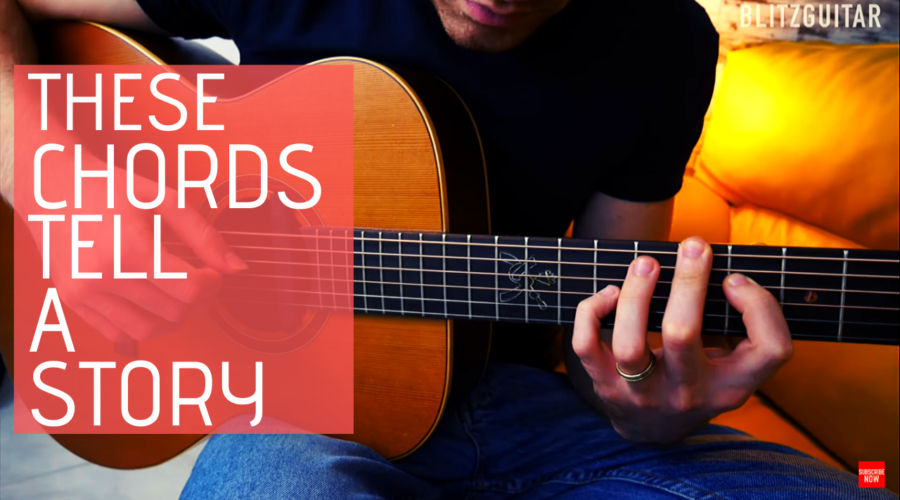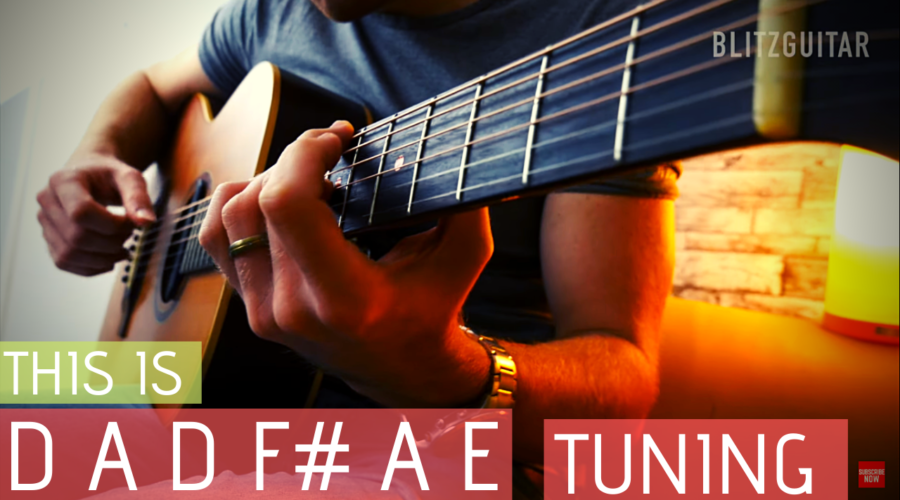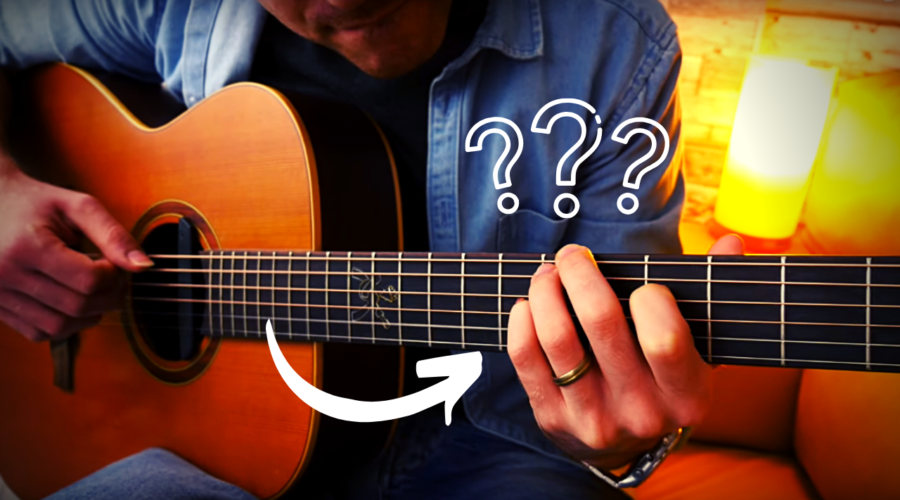Hey guys Marco here! Welcome back to another guitar lesson. Today, I picked up the electric guitar again!
I want to talk to you about one of the most amazing guitar players in history and how he was able to influence millions of guitar players with one of his unique technique.
For you who don’t know, Jimi Hendrix was an American guitar player and singer-songwriter. He is one of the most influential guitar players ever existed and rightfully labeled as “The greatest instrumentalist in the history of the Rock music.”
Too bad, his mainstream career only lasted for four years. Alcohol, drugs, and depression took over his passion for music, and lead him to premature death.
I found it incredible that Hendrix was able to influence entire generations of guitar players in the short four years of his career. And we are indeed pretty lucky that he did!
I don’t listen to his music, but some of his techniques influenced me a lot. One of them, the “Rock&Roll” thumb technique is the one I use the most.
In this technique, the left-hand thumb plays the bass note of the chord. So you want to roll the thumb on top of the neck and play the bass note.
This technique is excellent for two reasons.
- Number 1. Keeps your fingers free to play whatever they want.
- Number 2. It makes it easier to noodle around with the notes of the chords.
The thumb technique works for all the chords that have the bass note on the low E string.
In this lesson, I am going to show you how to use this technique over a chord progression that is closer to the music style I like, but you can feel free to also experiment with other chords.
Good luck!


